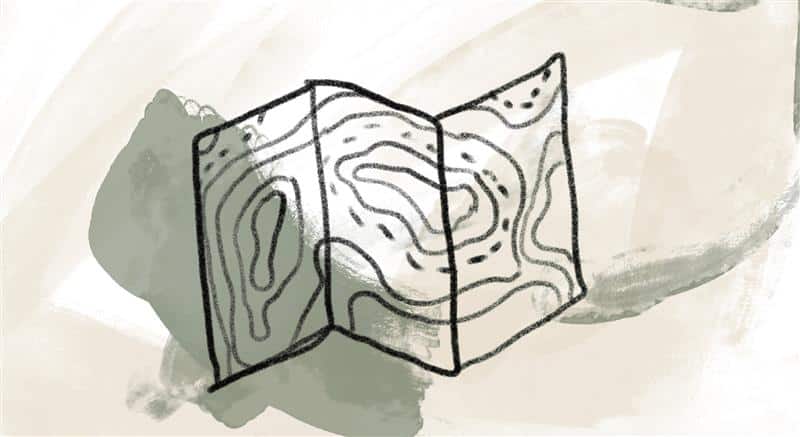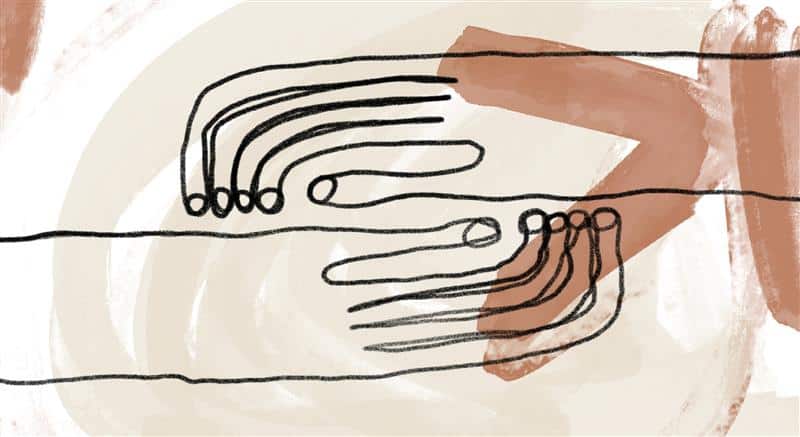
Through studying Francis of Assisi, Richard Rohr learned that weeping is a mode of being that relinquishes any need to be in control:
When I was a Franciscan novice in 1961, I only went to my novice master once with a complaint. Every month, we had been encouraged to read another life of Saint Francis. I kept reading about Francis going off into a cave and crying. These books said he spent whole days in tears, weeping. Frankly, this made no sense to me, so I went to my novice master. I said, “What’s he crying about all the time? I don’t get it. I don’t know if I want to be a Franciscan.” My educated, rational mind already resisted that kind of losing, weakness, vulnerability. My novice master told me, “You won’t understand it now, but I promise you will later.”
The mode of weeping, of crying, is different than the mode of fixing. It’s different than understanding. That’s why we often cry when we forgive. I’ve given up trying to make rhyme or reason or blame or who’s right or who’s wrong. The dualistic mind just goes back and forth seeking justification, seeking the right reason to hate or reject another person. We never find home base. Now I understand why Francis wept so much. When we go to the place of tears, and I don’t mean necessarily literally—I still don’t cry very easily myself, I’m sad to say—it’s an inner attitude where when I can’t fix it, when I can’t explain it, when I can’t control it, when I can’t even understand it, I can only forgive it. Let go of it, weep over it. It’s a different mode of being. [1]
After her father’s death, Nigerian writer Chimamanda Ngozi Adichie captures the embodied experience of “the weeping mode,” in which no attempts to “fix” or “move on” will do:
Grief is a cruel kind of education. You learn how ungentle mourning can be, how full of anger. You learn how glib condolences can feel. You learn how much grief is about language, the failure of language and the grasping for language. Why are my sides so sore and achy? It’s from crying, I’m told. I did not know that we cry with our muscles. The pain is not surprising, but its physicality is: my tongue is unbearably bitter, as though I ate a loathed meal and forgot to clean my teeth; on my chest, a heavy, awful weight; and inside my body, a sensation of eternal dissolving. My heart—my actual, physical heart, nothing figurative here—is running away from me, has become its own separate thing, beating too fast, its rhythms at odds with mine. This is an affliction not merely of the spirit but of the body, of aches and lagging strength. Flesh, muscles, organs are all compromised. No physical position is comfortable. For weeks, my stomach is in turmoil, tense and tight with foreboding, the ever-present certainty that somebody else will die, that more will be lost. [2]
References:
[1] Adapted from Richard Rohr, The Art of Letting Go: Living the Wisdom of Saint Francis (Boulder, CO: Sounds True, 2010). Available as CD.
[2] Chimamanda Ngozi Adichie, Notes on Grief (New York: Alfred A. Knopf, 2021), 6–7.
Image credit: A path from one week to the next—McEl Chevrier, Untitled. Margi Ahearn, Exercise on Grief and Lamentation. McEl Chevrier, Untitled. Used with permission. Click here to enlarge image.
On retreat, the CAC staff used watercolors to connect to our collective grief. This is one of the watercolor paintings that came from that exercise.
Story from Our Community:
Recently, I found myself grieving a loss. I remember a time when a robin built her nest over our front door. A well-intended neighbor kept removing it. However, mother robin was persistent. She rebuilt her home as many times as was necessary. On the day that our dear friend died, tiny babies peered over the side of the nest making music with their chirping. Their music contained every spiritual emotion possible: desperation, faith, sadness, hope, longing, mystery but of course the greatest of all, Love. —Diane K.




